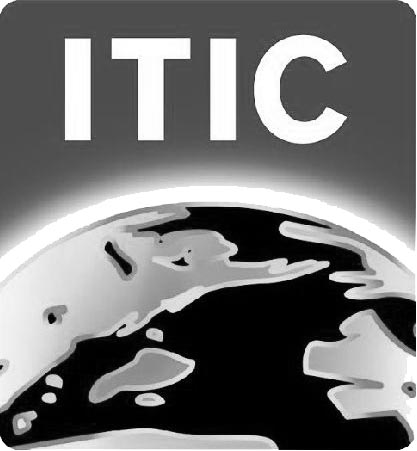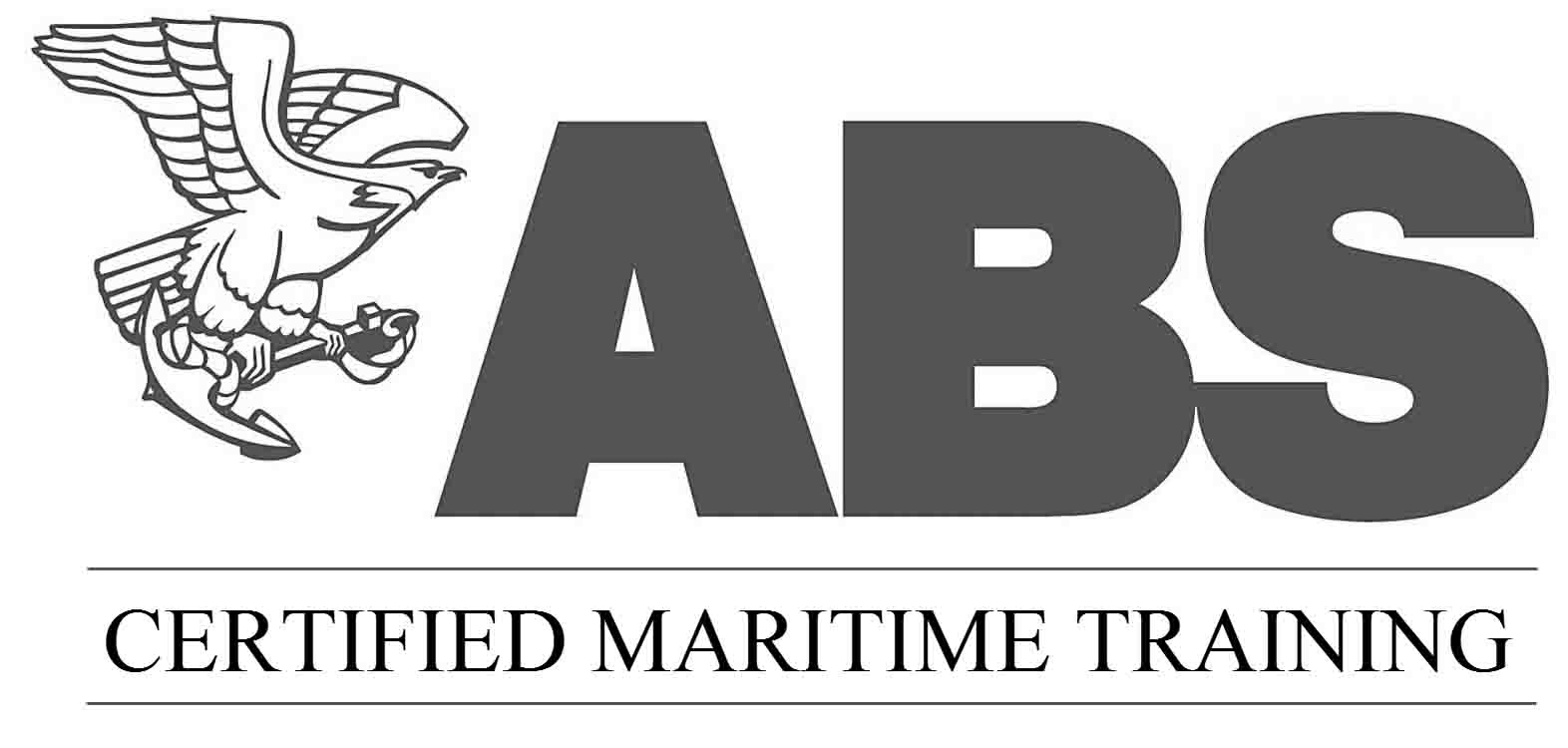CAUTION! We would like to inform you that on May 18
th at 00:00 (Greek time) our site will be temporarily
unavailable due to transition works to our new domain
sts.dynamarine.com. The process will last approximately 3 hours so at 03:00 AM (Greek time) our service will be
up and running again in our new domain. This site will automatically redirect to the new one.
For further information please read
here. Thank you for your understanding.
OSIS Database
STS operations have proven over the years to be safe subject that sound management takes place.
The number of participating elements and the extent ship owners exercise their due diligence are contributing factors on the effectiveness and safe conduct of
the operations. Since records should now be kept as per IMO MEPC 186(59) and because of TMSA, ship owners and their managers will be evaluated on their risk analysis,
emergency preparedness and hence their reputation along with the reputation of their charterers and cargo owners. Standardized risk analysis methods may be utilized
in STS Operations; however the availability of performance data may be subjective and in many cases limited due to the absence of a past regulatory scheme or a
reliable database available to the industry.
Dynamarine introduced a service entitled ONLINESTS.NET, solely devoted on STS Operations, involved in Screening of STS Elements on behalf of ship owners,
such as participating vessels, STS Service providers etc, risk assessment and assessment data collected from STS Operations on OSIS Database.
OSIS database was designed towards this direction and It is based on a voluntary basis. It is a unique database that encapsulates the individual assessments
of master mariners towards the performance of participating vessels, STS Service Providers (STS Operators) and POAC's. Currently hosts data from shipping companies
worldwide comprising a total fleet of more than 900 oil tankers. The more assessments are logged into the database the more reliable statistical extracts are produced
with respect to the performance of participating vessels and their crews the involved STS Service providers and POAC's.
Data on OSIS belong to the assessors (Masters) and their Managers. They may utilize the data for their TMSA and furthermore, they may substantiate reliable risk
assessments for future STS Operations. Consolidated data for the last 36 months are open to the public as shown below.
The above figure reveals STS operations where incident occurred. The blue colored percentage represents
the total number of reported STS Operations without any incident occurred while the red represents
the total number of reported STS Operations where an incident occurred during the operation.
The above figure illustrates the total STS operations per STS operation procedure.
The above figure illustrates the distribution of incident types for those STS operations where an incident occurred.
More than one incident types may have occurred in each STS operation.
The above figure reveals STS compliance associated with fender selection on the basis of Berthing Energy according
to OCIMF guidelines. The navy colored percentage represents the total number of reported STS
Operations whose fenders are according to OCIMF guidelines while the red represents those STS whose
fenders are not according to OCIMF guidelines.
The above figure reveals STS operations compliance associated with fender selection on the basis of Berthing Energy
according to OCIMF guidelines at those STS operations where incident occurred. The navy colored percentage represents
the total number of reported STS Operations whose fenders are according to OCIMF guidelines while the red represents
those STS whose fenders are not according to OCIMF guidelines.
By accepting our use of cookies you are giving us your consent to measure traffic in our site.
Click on "Cookies Settings" for further information.


